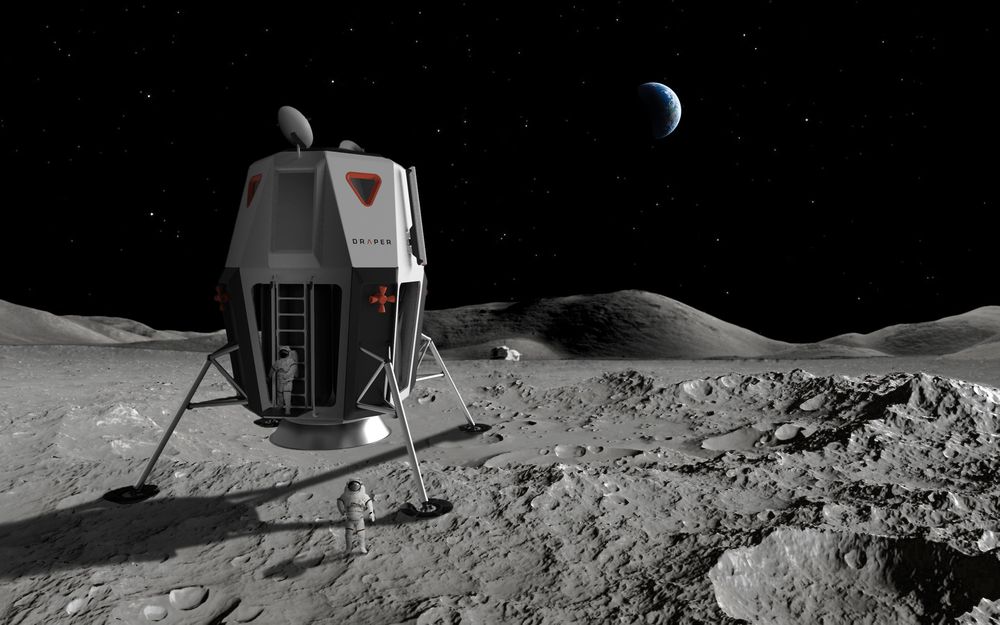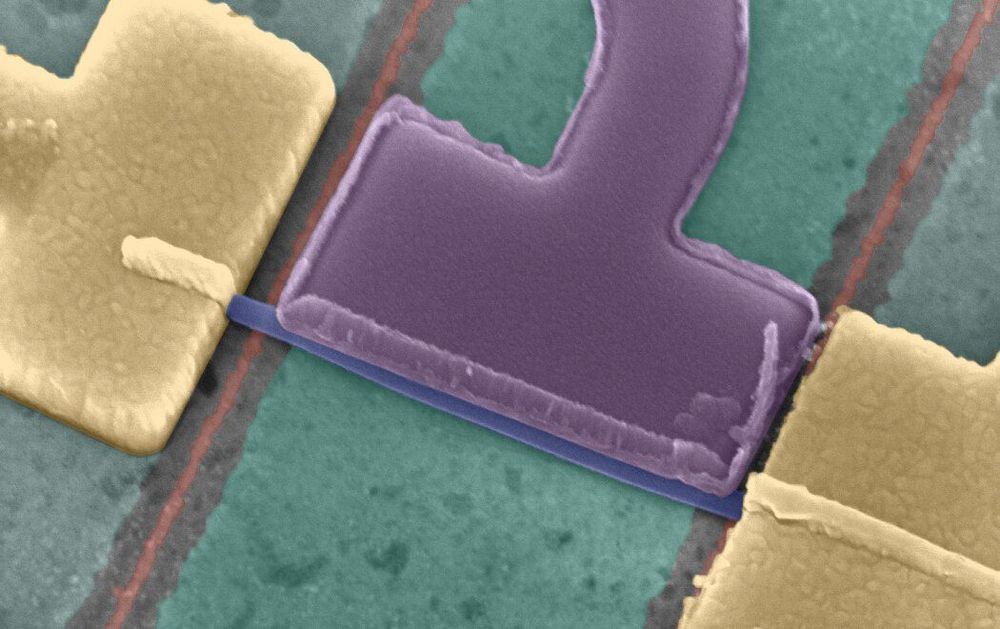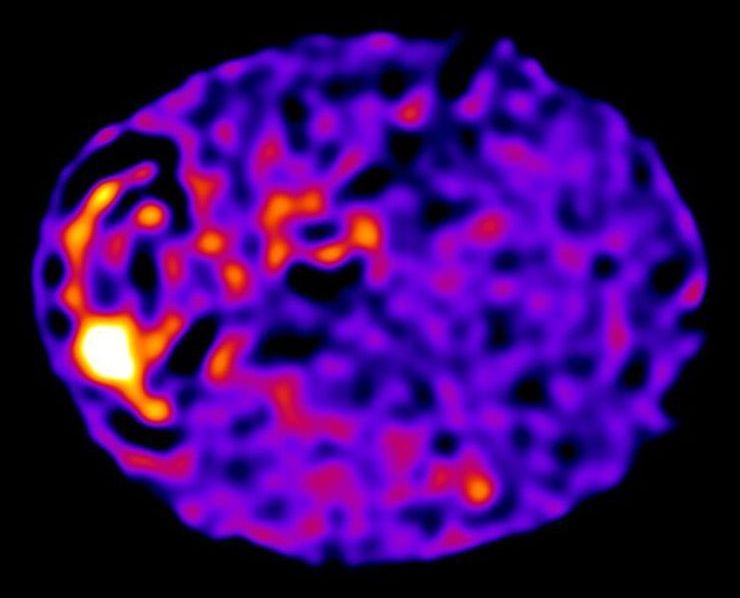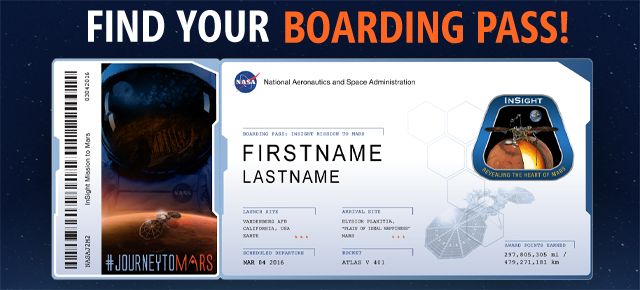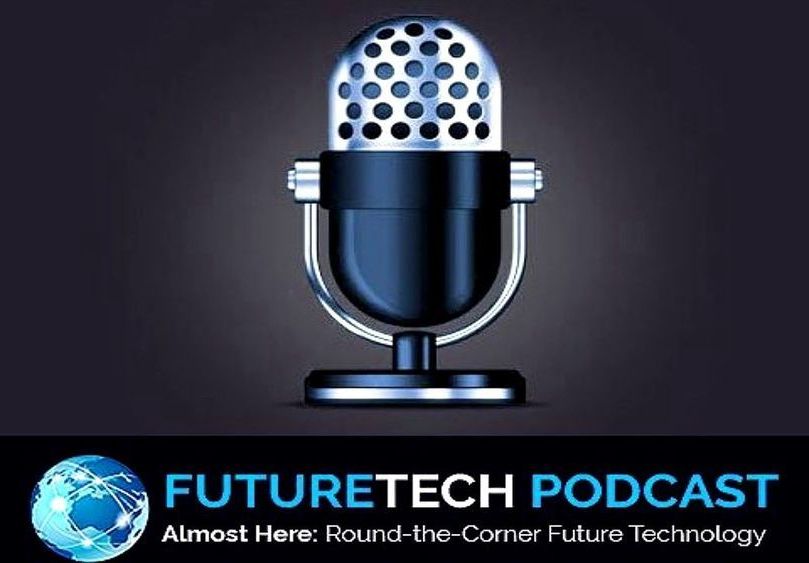May 25, 2019
Wow! This Is What SpaceX’s Starlink Satellites Look Like in the Night Sky
Posted by Genevieve Klien in categories: Elon Musk, satellites
In the video, SpaceX’s Starlink satellites pass overhead like a string of pearls, a brilliant trail of moving lights in the night sky. SpaceX launched the satellites into an initial orbit 273 miles (440 kilometers) above Earth. They are making their way to a final orbit 342 miles (550 km) up.
SpaceX CEO and founder Elon Musk hinted on Twitter today that the satellites are doing well. “So far, so good,” he wrote.
Langbroek said he used the knowledge of SpaceX’s deployment altitude and target orbital inclination (the angle of the orbit with respect to the equator) to estimate where the satellites would appear in Friday night’s sky.
Continue reading “Wow! This Is What SpaceX’s Starlink Satellites Look Like in the Night Sky” »


